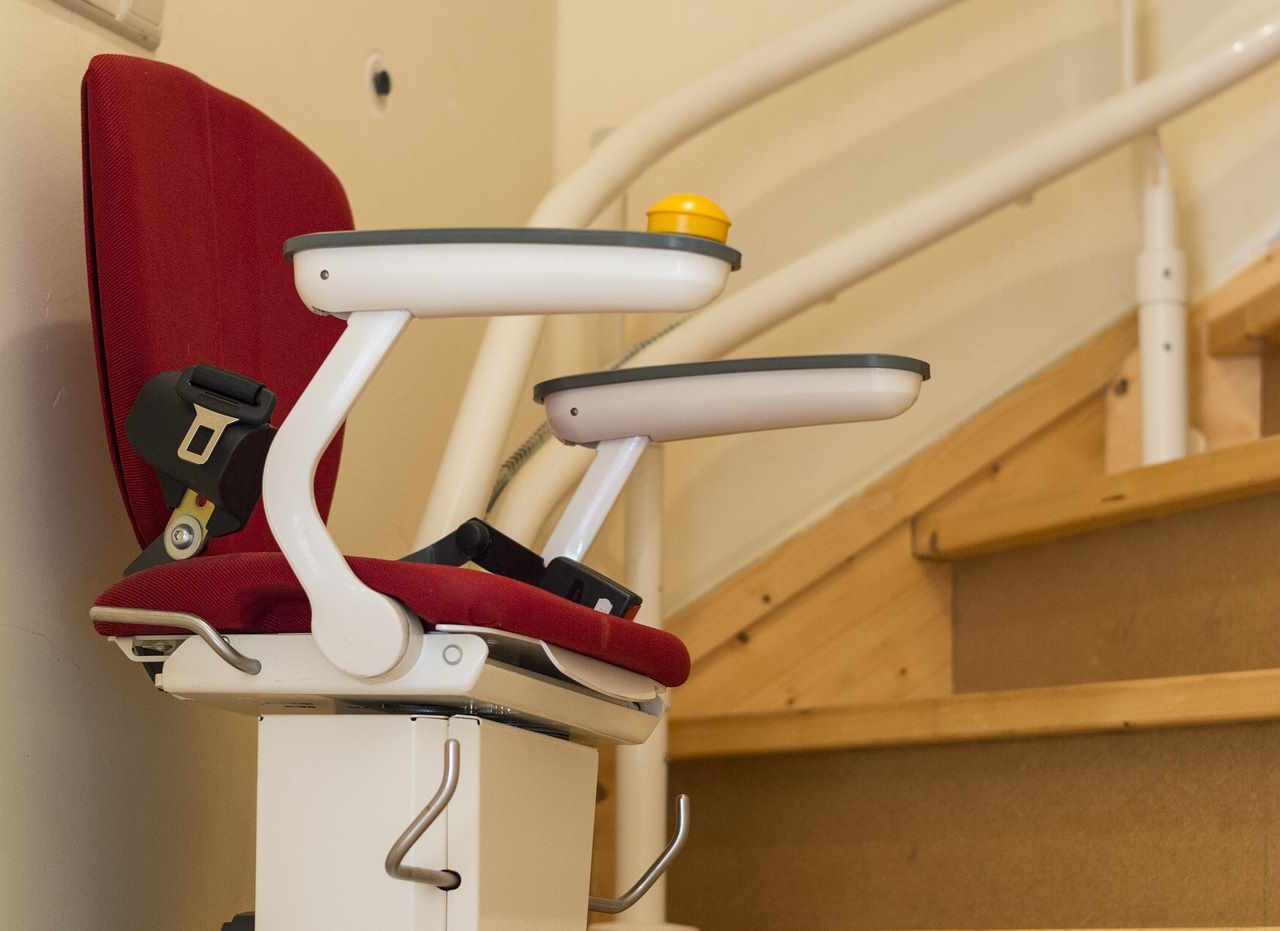A Practical Guide to Stair Lifts: Safe Mobility Solutions and Key Comparisons for Your Home
Navigating stairs can become a serious daily challenge for those with limited mobility—but modern stair lift solutions may offer a safer, more practical alternative. This guide explores key types of stair lifts, how they compare to home elevators, and what to consider when choosing the right fit for your space and needs. From functionality to funding options, learn more about improving home access with thoughtfully designed mobility devices.

What are stair lifts and how do they work?
Stair lifts are motorized chairs or platforms designed to transport individuals up and down staircases. They consist of a track mounted to the staircase, a power unit, and a chair or platform that moves along the track. Users can easily control the lift with a simple joystick or push-button control, allowing for smooth and safe ascent or descent. Stair lifts can be installed on most types of staircases, including straight, curved, or outdoor stairs, making them versatile solutions for various home layouts.
What types of stair lifts are available for seniors?
There are several types of stair lifts for seniors, each catering to different needs and staircase configurations:
-
Straight stair lifts: Ideal for straight staircases without turns or landings.
-
Curved stair lifts: Custom-designed for staircases with curves, turns, or multiple landings.
-
Outdoor stair lifts: Weather-resistant models for exterior stairs or porches.
-
Standing stair lifts: For users who have difficulty sitting or prefer to stand.
-
Wheelchair platform lifts: Designed to accommodate wheelchairs or mobility scooters.
Each type offers unique features and benefits, allowing seniors to choose the most suitable option for their specific mobility requirements and home layout.
How do stair lifts compare to home elevators?
While both stair lifts and home elevators improve accessibility, they differ in several key aspects:
-
Installation: Stair lifts are generally easier and less invasive to install, often not requiring major structural changes.
-
Cost: Stair lifts are typically more affordable than home elevators, with lower installation and maintenance costs.
-
Space requirements: Stair lifts take up minimal space on the staircase, while elevators need a dedicated shaft and more extensive modifications.
-
Functionality: Home elevators can transport multiple people or heavy items, while stair lifts are designed for individual use.
-
Resale value: Home elevators may add more value to a property, but stair lifts offer a more flexible and removable solution.
What features should you look for in the best stair lifts of 2024?
When comparing stair lifts for elderly users, consider these essential features:
-
Safety sensors: Detect obstacles and automatically stop the lift.
-
Swivel seats: Allow for easy mounting and dismounting at the top and bottom of stairs.
-
Foldable design: Chairs and footrests that fold up to save space when not in use.
-
Battery backup: Ensures functionality during power outages.
-
Remote controls: Allow users to call the lift from different floors.
-
Adjustable seat height and armrests: Provide customized comfort for users.
-
Weatherproof options: For outdoor installations.
-
Weight capacity: Ensure the lift can safely accommodate the user’s weight.
-
Smooth start and stop: Reduces jerky movements for a more comfortable ride.
-
Easy-to-use controls: Large buttons or joysticks for simple operation.
How much do stair lifts typically cost, and what affects pricing?
The cost of stair lifts can vary significantly based on several factors:
-
Type of staircase (straight vs. curved)
-
Length of the staircase
-
Features and customizations
-
Brand and quality
-
Installation complexity
| Stair Lift Type | Average Cost Range |
|---|---|
| Straight | $2,000 - $5,000 |
| Curved | $8,000 - $15,000 |
| Outdoor | $3,500 - $12,000 |
| Refurbished | $1,500 - $4,000 |
Prices, rates, or cost estimates mentioned in this article are based on the latest available information but may change over time. Independent research is advised before making financial decisions.
Installation costs typically range from $500 to $2,000, depending on the complexity of the project. Some providers offer rental options, which can be more cost-effective for temporary needs.
How can you compare stair lift prices and find the best value?
To compare stair lift prices and find the best value:
-
Get multiple quotes: Request estimates from at least three reputable providers.
-
Consider long-term costs: Factor in maintenance, warranty, and potential repair expenses.
-
Look for promotions or discounts: Some companies offer seasonal sales or special pricing for veterans or seniors.
-
Explore funding options: Check if Medicare, Medicaid, or local organizations offer financial assistance.
-
Consider refurbished options: Pre-owned, certified stair lifts can offer significant savings.
-
Read reviews: Look for feedback on reliability and customer service to ensure long-term value.
| Provider | Straight Lift Price Range | Curved Lift Price Range | Key Features |
|---|---|---|---|
| Acorn | $3,000 - $4,000 | $9,000 - $13,000 | Compact design, digital display |
| Bruno | $3,500 - $5,500 | $10,000 - $15,000 | High weight capacity, made in USA |
| Stannah | $3,200 - $5,200 | $8,500 - $14,000 | Customizable options, smooth ride |
| AmeriGlide | $1,900 - $3,500 | $7,500 - $12,000 | Budget-friendly, DIY installation option |
Prices, rates, or cost estimates mentioned in this article are based on the latest available information but may change over time. Independent research is advised before making financial decisions.
In conclusion, stair lifts offer a practical and cost-effective solution for improving mobility and independence at home. By carefully considering your needs, comparing options, and exploring available features, you can find the ideal stair lift to enhance safety and accessibility in your living space. Remember to consult with healthcare professionals and reputable providers to ensure the chosen solution meets your specific requirements.




